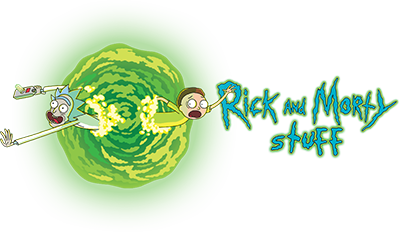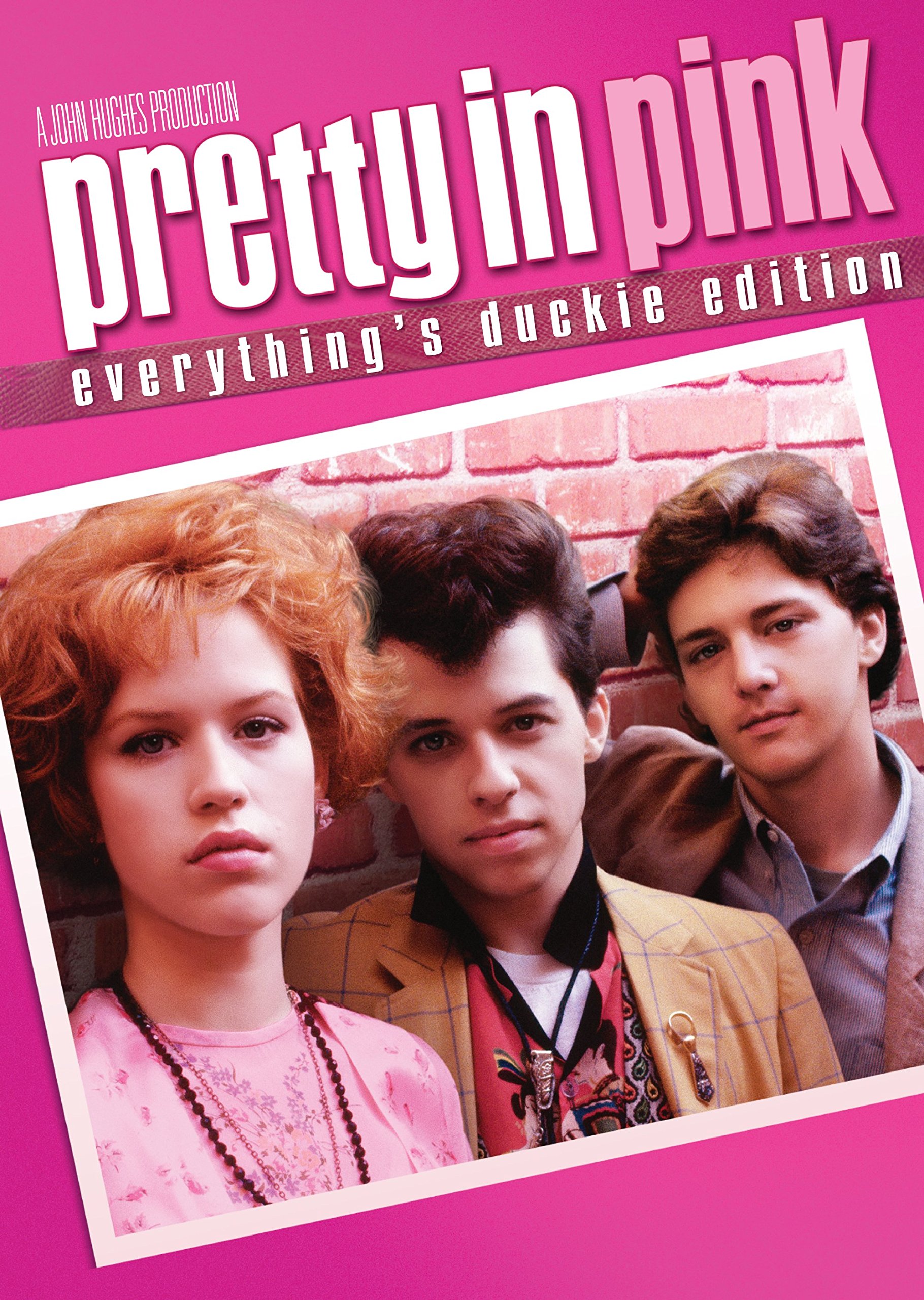Pretty in Pink, released in 1986, is not just a film; it’s a cultural touchstone that has continued to resonate with audiences over the decades. Directed by Howard Deutch and written by the iconic John Hughes, this romantic comedy-drama captures the struggles of adolescence while exploring themes of love, social class, and self-identity. The film tells the story of Andie Walsh, played by Molly Ringwald, who navigates the complexities of teenage life in a world divided by social status. With its unforgettable characters and memorable soundtrack, Pretty in Pink has cemented its status as a classic, influencing pop culture in ways that continue to be felt today.
Fashion as a Form of Expression
One of the most significant impacts of Pretty in Pink is its lasting influence on fashion. The film is celebrated for its distinctive style, particularly the wardrobe of its leading character, Andie. From the iconic pink dress at the prom to her eclectic thrift store finds, Andie’s fashion choices have reinforced the idea that style is a powerful form of self-expression. The film inspired a generation to embrace individuality and creativity in their fashion, promoting the notion that one’s attire could be a reflection of personality rather than mere social standing. Today, the legacy of Andie’s style can be seen in various contemporary fashion trends, as well as in “Pretty in Pink Official Merch” that features designs inspired by the film.
The Soundtrack that Defined a Generation
Equally pivotal to the film’s legacy is its iconic soundtrack, featuring tracks from some of the biggest artists of the era, including The Psychedelic Furs, OMD, and New Order. The music became synonymous with the film, capturing the mood and emotions of the characters perfectly. The soundtrack not only contributed to the film’s atmosphere but also played a significant role in shaping the sound of the 1980s. Songs from Pretty in Pink have continued to find new audiences, with many tracks being rediscovered and sampled in modern pop music. It exemplified how a film’s soundtrack could elevate its narrative and further entrench it within the cultural fabric of its time.
Portrayal of Social Class and Adolescence
Pretty in Pink also tackled complex social themes that resonated with young audiences. The film poignantly addresses issues of class differences, highlighting the struggles of those in the lower socioeconomic brackets against the backdrop of high school life. Andie’s relationship with Blane, played by Andrew McCarthy, serves as a narrative vehicle to explore the challenges of crossing social boundaries and the importance of staying true to oneself. By dealing with such relatable themes, the film empowered viewers to confront their own societal labels and expectations, inspiring conversations about acceptance and love beyond status.
The Enduring Impact on Cinema
The legacy of Pretty in Pink extends beyond fashion and music; it has paved the way for countless films and franchises that explore similar themes and character dynamics. Newer productions often reference the quintessential John Hughes style, leading to a resurgence in interest towards 80s cinema. Filmmakers and actors alike cite Pretty in Pink as a source of inspiration, demonstrating its importance as a cultural artifact. It remains a beloved classic, often celebrated during anniversaries and film screenings, ensuring that new generations will discover the film’s unique blend of warmth, humor, and social commentary.
As we reflect on the legacy of Pretty in Pink, it’s clear that the film not only shaped the pop culture of its time but also continues to influence contemporary trends in fashion, music, and storytelling. Its ability to resonate through various facets of culture solidifies its position as a beloved classic that will endure for years to come.

